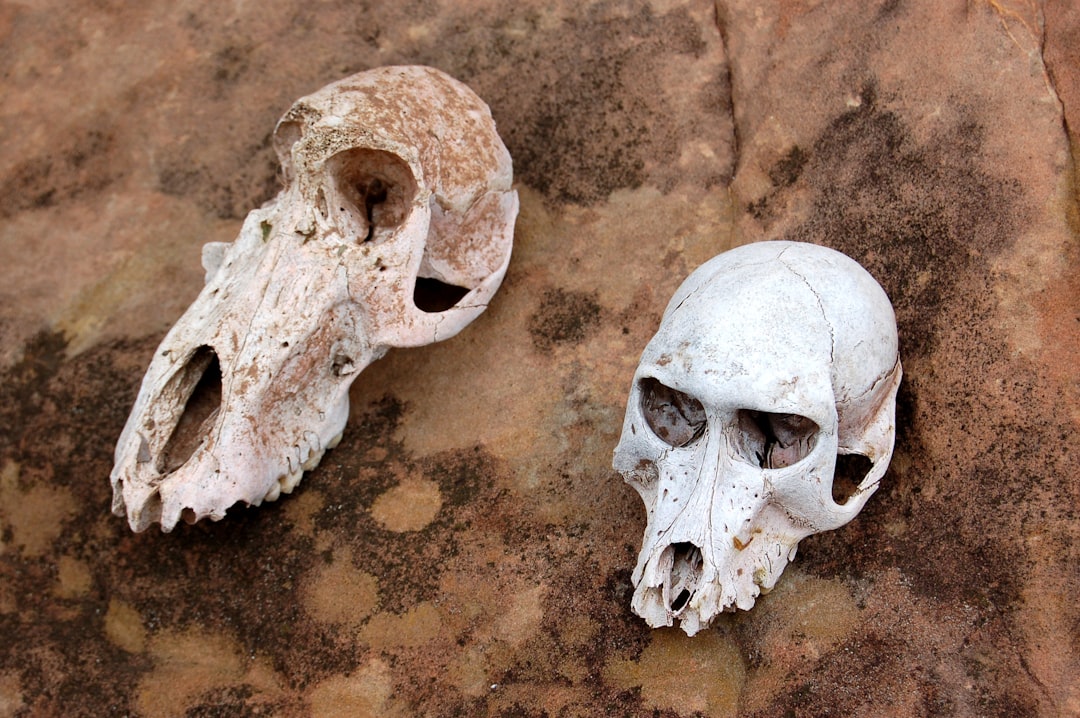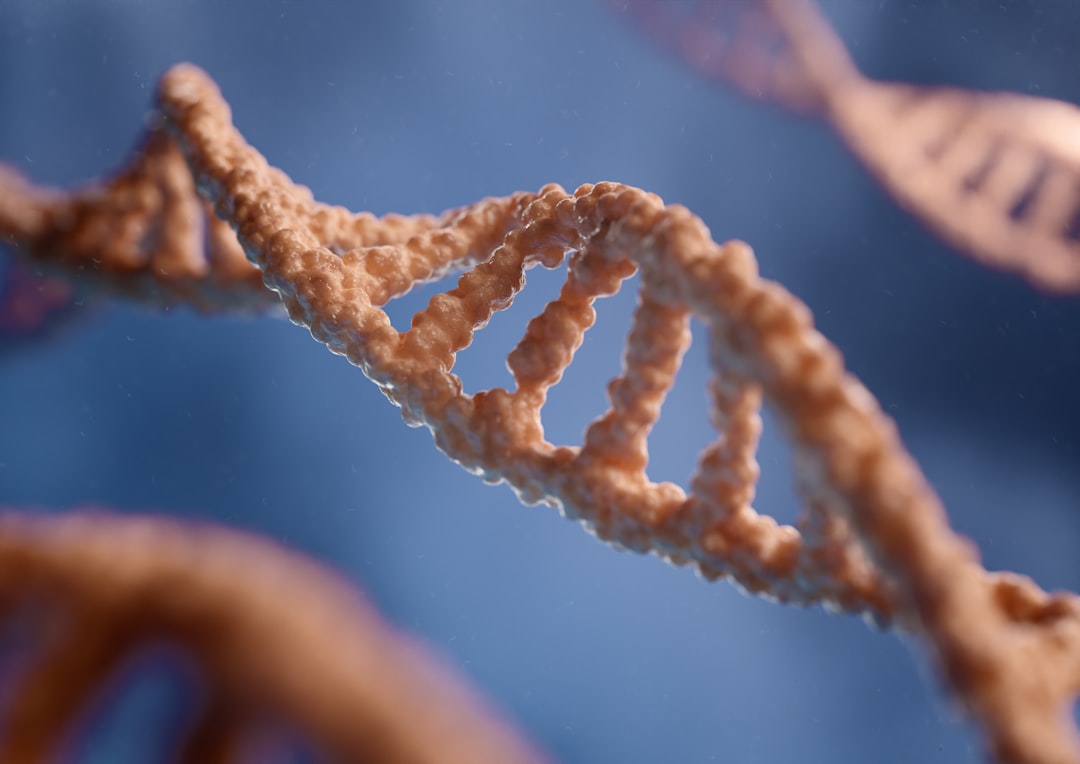What is it about?
A small fraction of microorganisms growing on plant leaves can freeze water much more efficiently than other materials. Why certain bacteria and fungi are able to initiate ice formation at little supercooling is not conclusively understood. In the past, a few possible adaptive advantages of this ability have been described. For example, when leaf tissue ruptures upon bacterial induced freezing, microorganisms could benefit from the nutrients released. Here, we show that by initiating ice crystal growth, microorganisms could enhance water availability in niches on leaves that would otherwise dry out during frost formation on cold nights.
Featured Image

Photo by Stephan H. on Unsplash
Why is it important?
Water scarcity often reduces the growth and survival of microorganisms on leaf surfaces. Where nighttime temperatures drop below 0 °C, microorganisms could mitigate this scarcity when they are able to capture water in niches they colonize by nucleating ice. This water then becomes available in their niche as soon as temperatures rise again during daytime.
Read the Original
This page is a summary of: Frost-free zone on leaves revisited, Proceedings of the National Academy of Sciences, June 2024, Proceedings of the National Academy of Sciences,
DOI: 10.1073/pnas.2407062121.
You can read the full text:
Contributors
The following have contributed to this page










